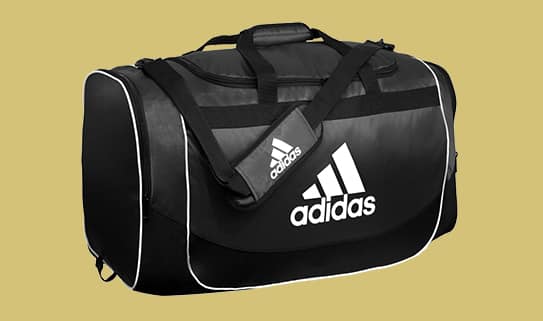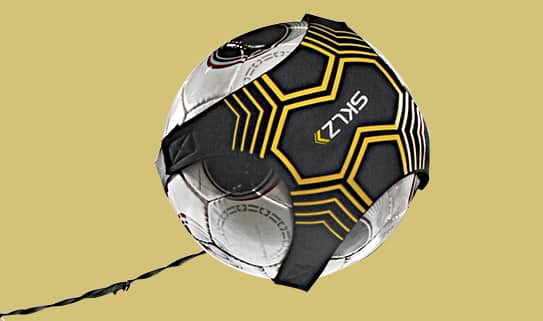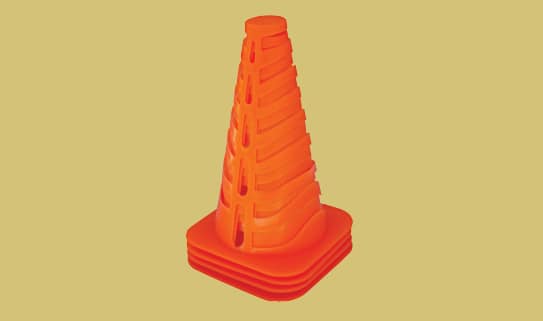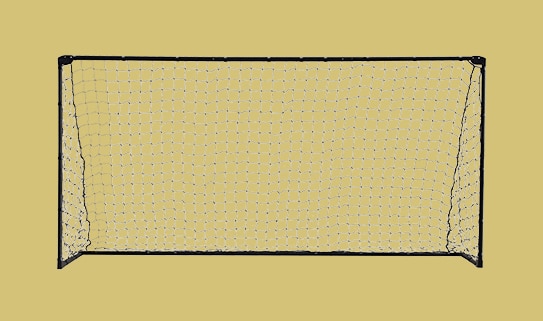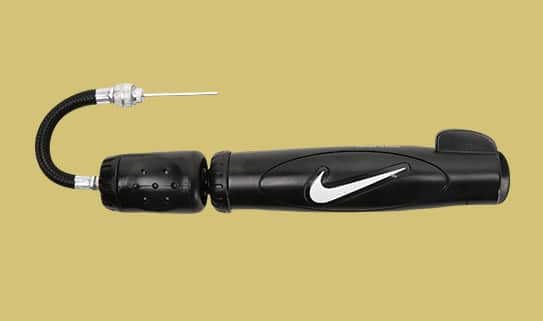HOW TO CHOOSE SOCCER EQUIPMENT
Whether you’re playing soccer for the first time or have been playing for years, you need the right soccer equipment.
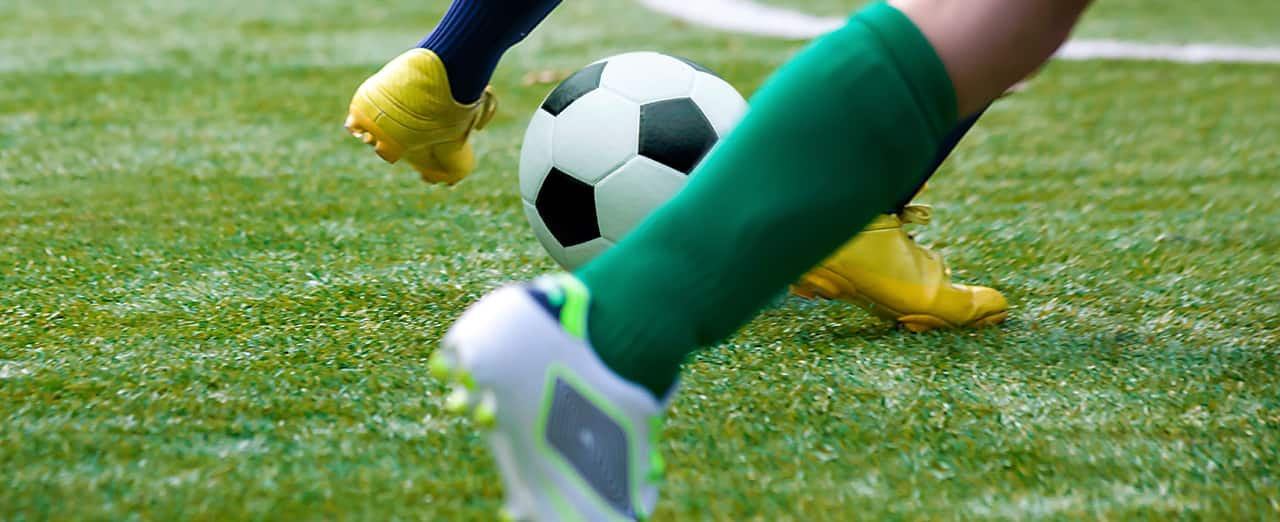

- SHIN GUARDS
- SHOES
- SOCCER BALLS
- GOALIE GLOVES
- ACCESSORIES
What position do you play?
The position you play on the field will help determine what type of shin guards you need to protect yourself
Defense: Players on defense generally require a shin guard that is highly protective. Excellent shin coverage and a bit of extra ankle protection helps defend against offensive attacks.
Midfielders: Midfield players need shin guards that are strong and durable for defensive play and lightweight and flexible for the offensive attack. A rounded shin guard offers the solid protection and lightweight design that works best.
Forwards: For forwards, speed and agility is important. Look for lightweight shin guards that don’t compromise on protection. The minimalist design and light weight will enable forwards to be quick on their feet. Some guards also offer ankle protection against slide tackles.
Goalies: Because goalkeepers do not engage in as much physical contact as other positions, their needs are different. Look for lightweight shin guards that offer minimal interference. This will enable goalies to be able to respond quickly and remain quick on their feet.
See Shin Guards >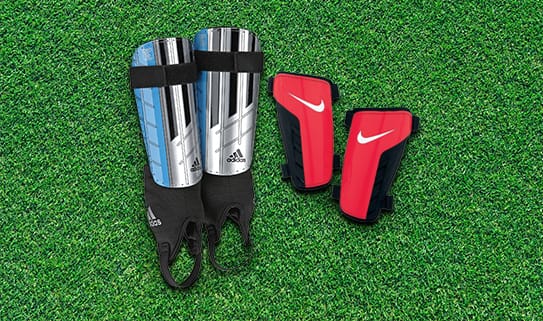
Ankle Shin Guards
The added ankle protectors on these shin guards provide maximum coverage. Recommended for all players at all skill levels. Enhanced with soft padding on both sides of the foot to help shield against kicks.
See Shin Guards >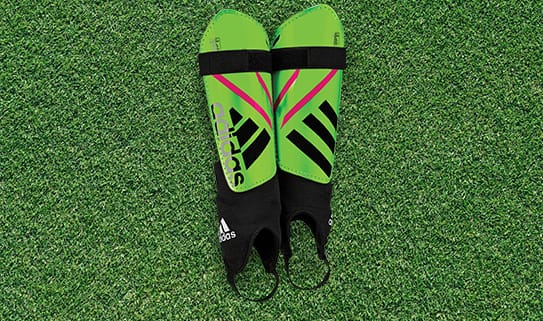
Slip-In Shin Guards
These offer lightweight, basic protection without stirrups or closures, providing better mobility on the field by allowing a wide range of foot motion. They come with a set of compression sleeves that hold the shields in place and do not offer ankle protection.
See Shin Guards >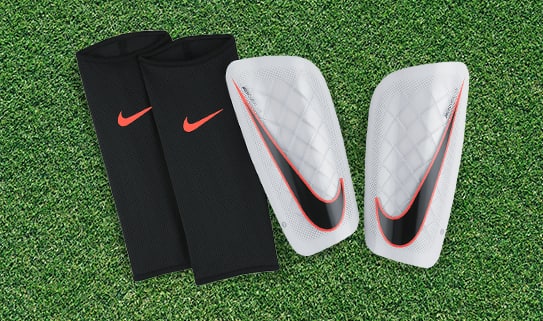
Shin Guard Sizing Chart
| Size | Height |
| XS | 3'11 to 4'6 |
| S | 4'6 to 5'2 |
| M | 5'3 to 5'9 |
| L | 5'10 to 6'1 |
| XL | 6'2 to 6'5 |
Cleats or Flat Soles?
Use the playing surface to guide your choice of wearing cleats of flat soles.
If you are playing on firm, natural surfaces, look for shoes with non-detachable rubber or hard plastic cleats to ensure good footing and control.
If you are playing on turf, look for shoes with rubber soles that allow quick manoeuvring and optimal grip.
For indoor games, shoes with gum outsoles provide good traction without marking up floors.
See Soccer Shoes >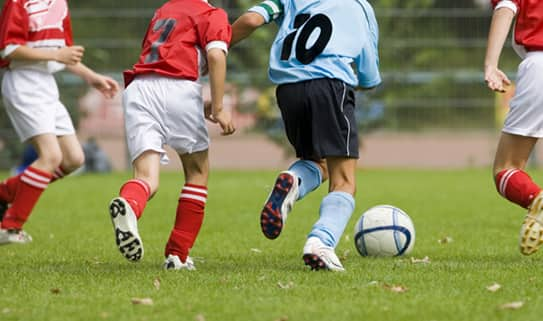
Boot Construction
The upper portion of your soccer shoe, also called the boot, is what makes contact with the ball. Because uppers are available in natural and synthetic materials, or a combination of both, it’s important to try them on for comfort and to see how well you can feel the ball. Synthetic uppers are a better choice in inclement weather, as they tend to be more water-resistant. They are also easy to clean and dry. Look for uppers with breathable construction.
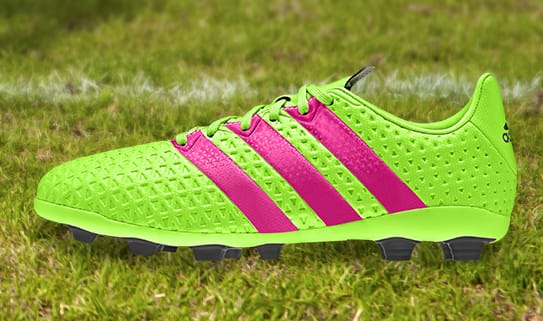
Boot Fit
Most soccer players prefer their boots to fit a little snugger than other footwear for maximum feel on the ball. This is a personal preference, so try on multiple sizes to find your perfect fit.
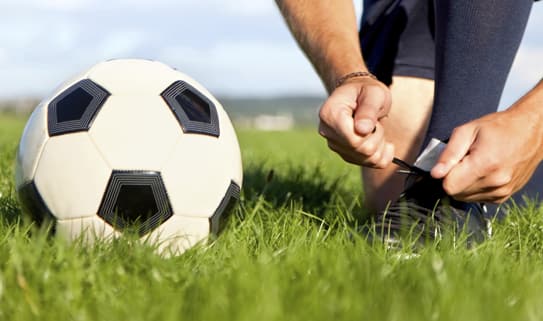
Dry Your Shoes
No matter which ones you choose, you should always be sure to dry your shoes out after playing in wet weather. Let them breathe outside of your soccer bag. Some players stuff newspaper in them to help with the process.
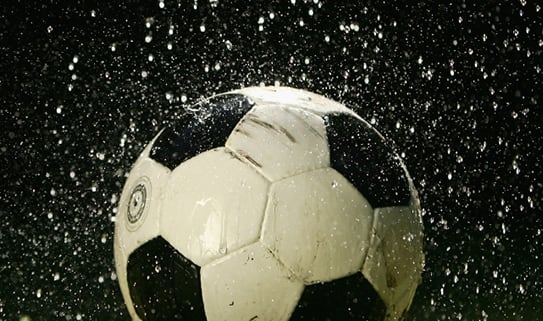
Match Balls
Match balls must conform to the regulation standards of each league. They are designed for high-level training and competition. They are built of materials that offer better performance and greater reliability in play, and can be used for outdoor or indoor games.
See Soccer Balls >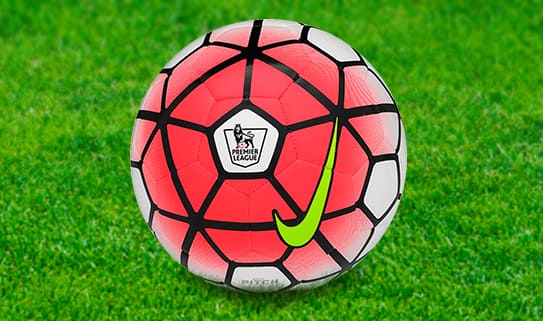
Mini Balls
Mini balls are ideal for skill-building drills, but are not intended for match play.
See Soccer Balls >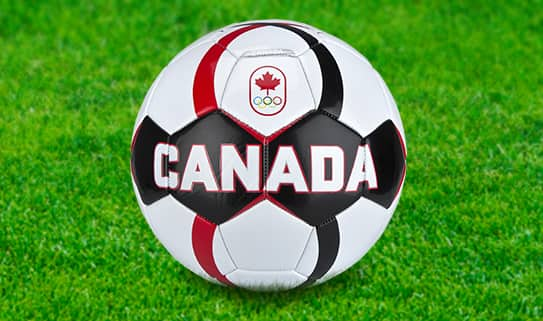
Training & Recreational
These balls are built to handle games played on a variety of surfaces and are ideal for players of all skill levels. Although they are very durable, often constructed with a PVC casing, they are usually less expensive than match balls.
See Soccer Balls >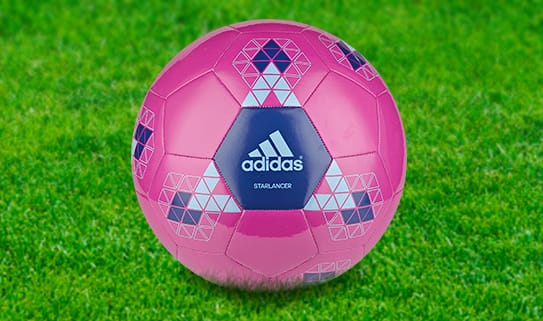
Soccer Ball Cover
The cover is the outer casing of a soccer ball. The type of cover you need will depend on your skill level and the surface you will be playing on. Here are the most common types of soccer ball covers:
Polyurethane (PU):
- Polyurethane balls are softer than PVC balls and offer a better touch.
- Their reliability and preferred feel make them ideal for competitive play.
- They may scuff more easily than balls with PVC covers.
- Some have a special TPU coating that prevents abrasions and water absorption.
Polyvinyl Chloride (PVC):
- These are often used in long-term training.
- They offer the most durability.
- They are more resistant to scuffs than PU or synthetic-covered balls.
- Since PVC is harder and more inflexible than PU, the balls are more difficult to control.
- Some have a special glossy coating to minimize water absorption and abrasions.
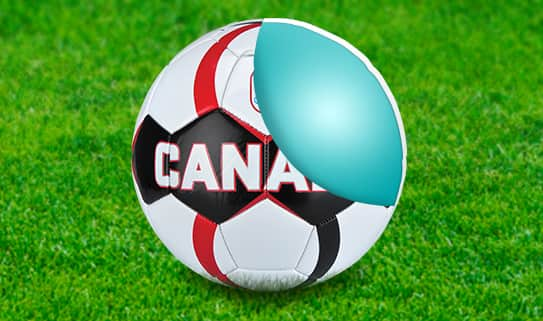
Soccer Ball Panels
When you look at a soccer ball, you will notice different panels and patterns on the ball’s cover. These panels may be hand-stitched, machine-stitched or bonded together, and different shapes have different aerodynamic qualities. While the number of panels may vary, the most commonly used balls have 32. While a greater number of panels provides better control, fewer panels may make the ball more aerodynamic for greater speed.

Soccer Ball Stitching
Stitching plays an important part in determining the quality and durability of a soccer ball. Hand stitching provides strong seams and increased durability. Machine-stitched balls may be less expensive, but may not be as durable or tightly constructed as hand-stitched or thermally bonded balls. Thermal bonding fuses panels together for a perfectly spherical shape and optimal flight pattern. They may also be more expensive than hand- or machine-stitched balls
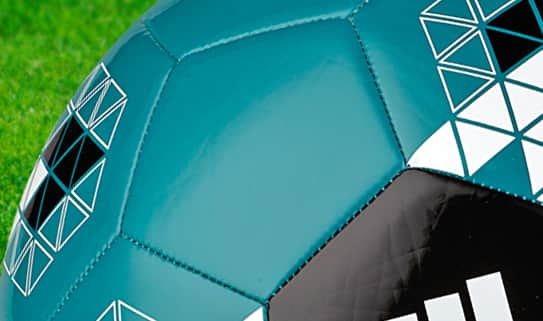
Soccer Ball Sizing Chart
| Ball Size | Age Group | |
| Skills Ball | 1 | Can be used by all age group for developing footwork skills and ball control. |
| 2 | ||
| Junior | 3 | Age 8 & under |
| Youth | 4 | Age 8-12 |
| Adult | 5 | 13 & up |
Soccer Ball Maintenance
You can prolong the life of your soccer ball by following these simple steps:
- Avoid standing or sitting on your ball to prevent damage to the pressure system and structure.
- Don’t use your soccer ball on hard, uneven surfaces, such as concrete walls and gravel, because they can scuff and puncture it.
- Check your soccer ball’s pressure before and after play to ensure optimal performance.
- Most soccer balls have a recommended pressure rating, so be sure to inflate your ball with the appropriate amount of pressure.
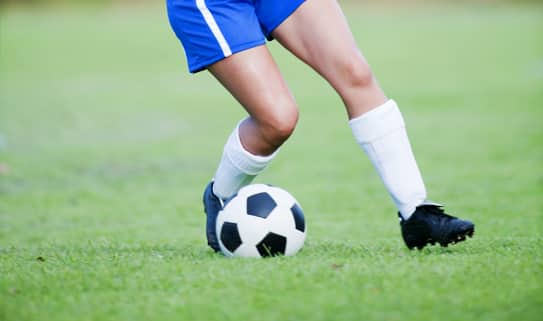
Goalie Glove Sizing Chart
| Glove Size | Body Frame | Height(Approx.) | Age(Years) |
| JR 4/5 | Small Youth | 4'8" | 7-9 |
| JR 6/7 | Medium/Large Youth | 4'10"-5' | 10-12 |
| 7 | Large Youth/Small Adult | 5'2"-5'4" | 12-14 |
| 8 | Small/Medium Adult | 5'4"-5'7" | n/a |
| 9 | Medium Adult | 5'7"-5'10" | n/a |
| 10 | Medium/Large Adult | 5'10"-6'1" | n/a |
| 11 | Large Adult | 6'1"+ | n/a |
Gloves vary slightly in sizing between manufacturers, material and quality. Below are the recommended steps to get your hand measurement, so you can find your glove size. The information below serves only as a guide.
- Measure the circumference of the widest part of the palm excluding the thumb
- Round up to the next highest inch
- Add 1” to the measurement to determine your glove size.
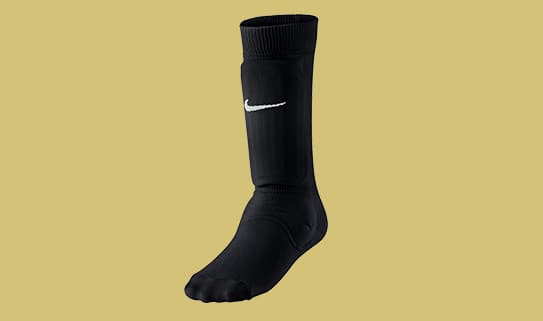
Gear Bag
A gear bag will help you store, organize and protect your equipment.
